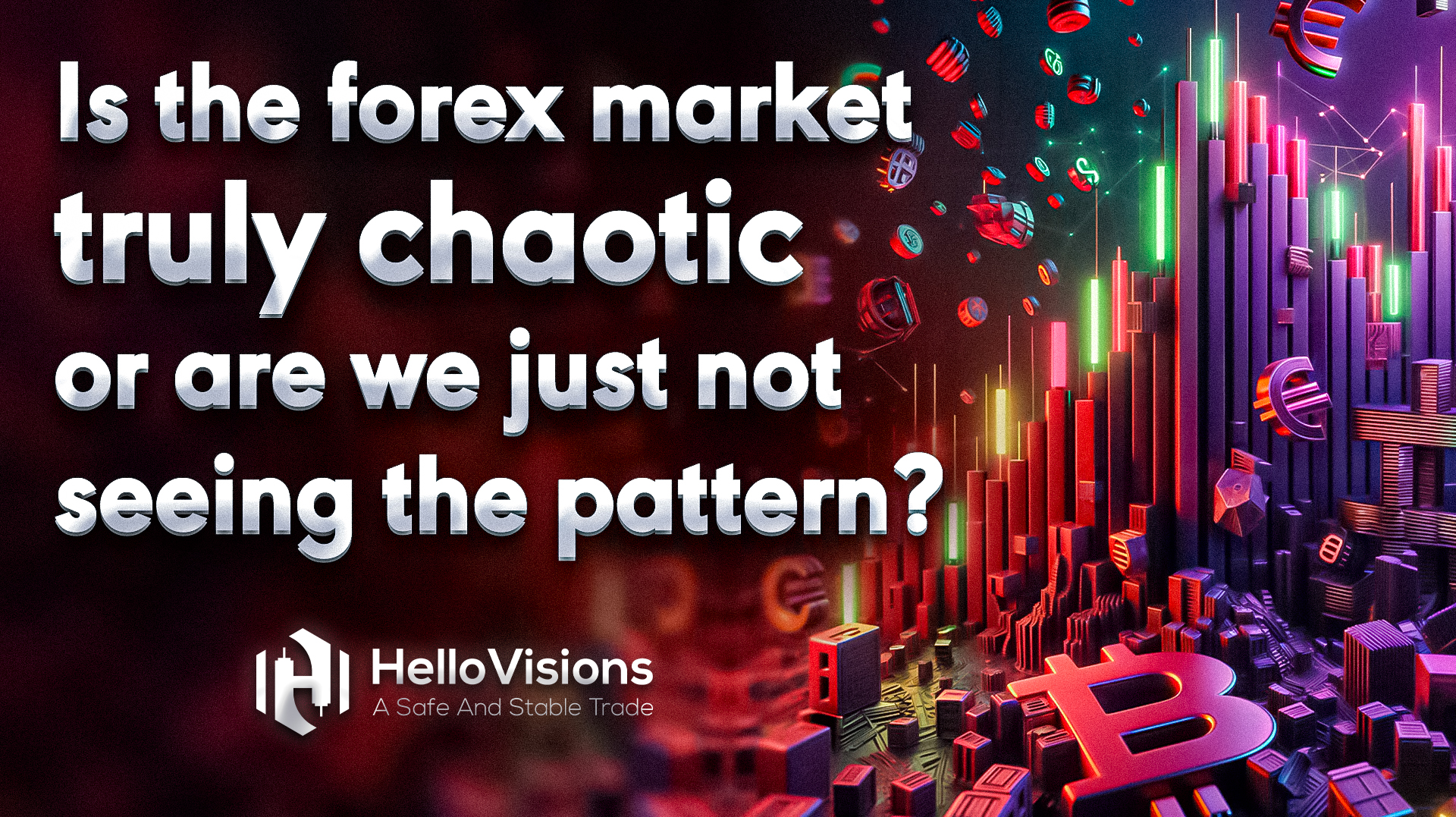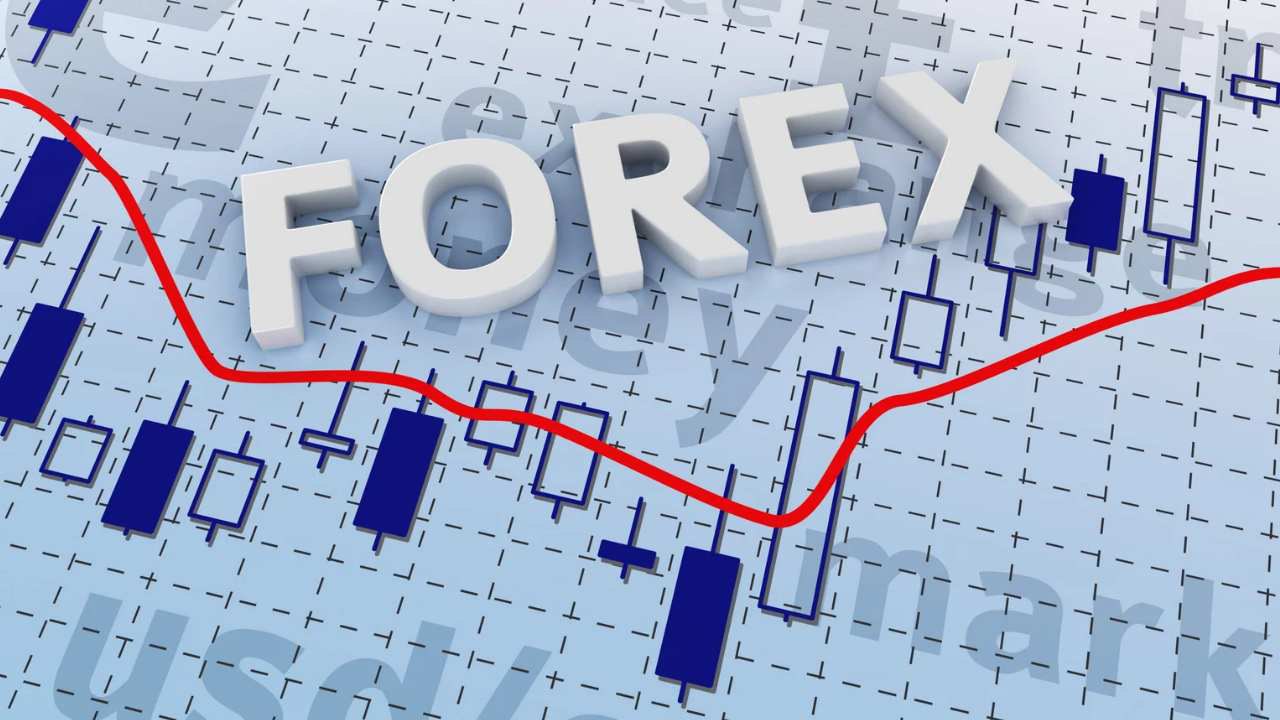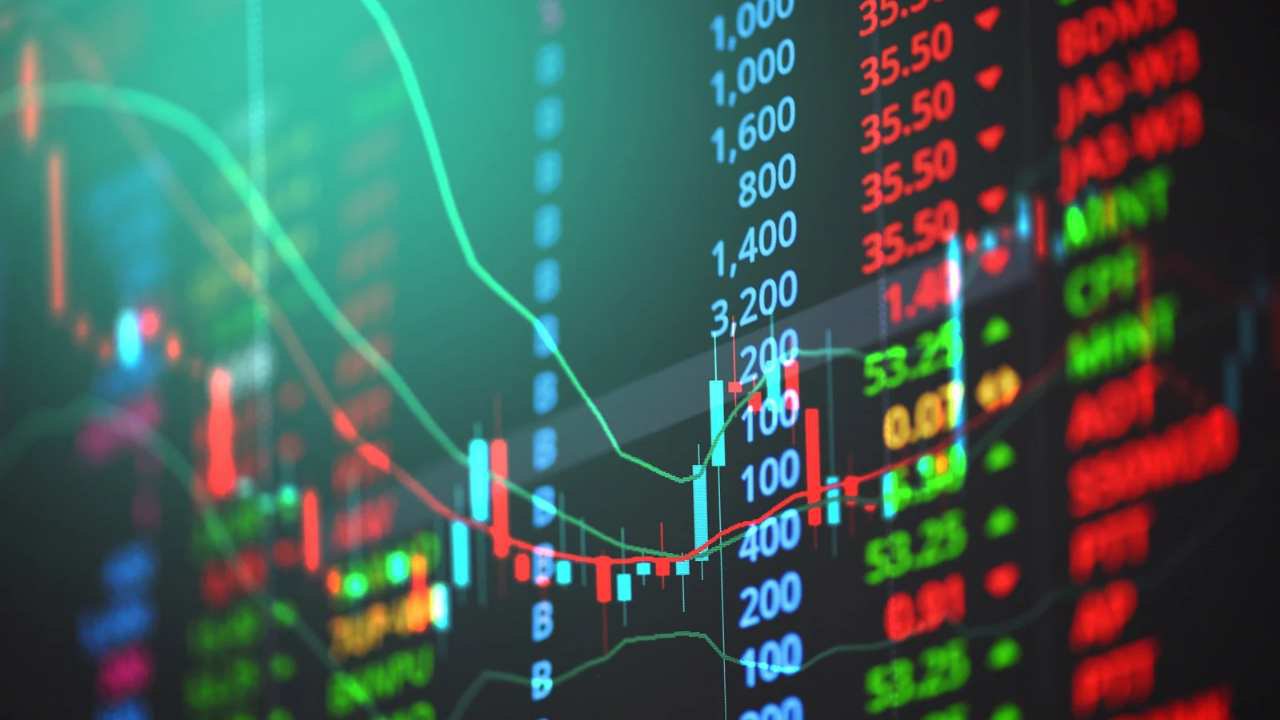Abstract
The forex market, with its vast liquidity and round-the-clock activity, is often portrayed as chaotic and unpredictable. Yet, chaos does not inherently imply randomness. This paper explores whether the foreign exchange market is genuinely chaotic or if discernible patterns exist beneath its turbulent surface. Through a multidisciplinary lens combining economic theory, mathematical modelling, behavioural finance, and empirical data, this paper argues that while the forex market demonstrates chaotic behaviour, it is governed by underlying structures and probabilistic patterns that can be understood, albeit with limitations.
1. Introduction
The foreign exchange (forex) market is the largest and most liquid financial market globally, facilitating trillions of dollars in currency transactions daily. The apparent volatility and sensitivity to macroeconomic and geopolitical events have led many to consider it chaotic. However, what appears to be disorder may instead be a manifestation of complex order. This paper examines whether the chaos in forex trading is a fundamental characteristic or the result of human limitations in identifying deeper, governing patterns.
2. Understanding Chaos in Financial Markets
Chaos theory, originating from the natural sciences, describes systems that appear random but are governed by deterministic laws that are highly sensitive to initial conditions. In finance, chaos does not mean pure randomness but rather unpredictability due to the complexity of interactions within the market.
In the context of forex, price movements are influenced by a multitude of interdependent variables, including interest rates, inflation data, political developments, and market sentiment. These variables create a system that is nonlinear and dynamic—key features of chaotic systems.
3. Mathematical Models and Fractal Geometry
Benoît Mandelbrot’s work on fractals offers an important framework for understanding financial markets. Mandelbrot proposed that markets, including forex, exhibit self-similar patterns across different timeframes. This fractal nature suggests that while price movements may appear irregular, they often follow a recursive structure that can be statistically modelled.
Models such as the Hurst exponent and the Lyapunov exponent have been employed to detect chaotic characteristics in time series data. These tools reveal that forex price movements, while noisy, are not entirely random and can exhibit long-memory properties.
4. The Role of Behavioural Finance
Traditional economic models assume rational agents; however, behavioural finance highlights the psychological factors influencing market participants. Emotions such as fear and greed often drive market trends, contributing to seemingly erratic movements.
Patterns like herd behaviour, overreaction to news, and confirmation bias can create feedback loops that amplify price fluctuations. These behavioural patterns are not random but follow identifiable psychological triggers, suggesting that the chaos observed in forex may be, in part, a projection of collective human behaviour.
5. Empirical Studies and Statistical Evidence
Recent studies support the hypothesis that the forex market, while complex, is not entirely unpredictable. Research during the COVID-19 pandemic and other crises has shown reduced entropy in price movements, implying increased order during periods of heightened volatility.
Additionally, the use of machine learning and artificial intelligence in analysing large datasets has uncovered recurring patterns in price behaviour, especially in high-frequency trading environments.
Techniques like clustering, neural networks, and genetic algorithms have been employed successfully to detect underlying structures.
6. Elliott Wave Theory and Technical Analysis
The Elliott Wave Principle suggests that markets move in repetitive cycles influenced by collective investor psychology. These waves can be mapped and used to forecast future price movements. While critics argue that such patterns are retrospective, many traders successfully apply them in real-time decision-making.
Other technical analysis tools—like Fibonacci retracements, Bollinger Bands, and moving averages—further support the idea that forex behaviour is patterned, albeit not in a deterministic or linear way.
7. Limitations of Pattern Recognition
Despite the availability of sophisticated analytical tools, accurately predicting market movements remains elusive. The high noise-to-signal ratio in price data means that distinguishing genuine patterns from random fluctuations is inherently challenging.
Furthermore, adaptive market dynamics imply that as more traders exploit a pattern, its predictive power diminishes—a phenomenon known as the adaptive expectations paradox.
8. The Interplay of Order and Disorder
The forex market represents a hybrid system where elements of order coexist with randomness. Regulatory interventions, central bank policies, and macroeconomic announcements introduce exogenous shocks that can temporarily disrupt established trends.
However, markets often revert to equilibrium states, reinforcing the idea that patterns, while transient, do reemerge. This dynamic balance suggests that forex trading is less about predicting exact outcomes and more about managing probabilities

9. Philosophical Perspectives on Market Chaos
From a philosophical standpoint, the perception of chaos in markets may be more reflective of human cognitive limitations than of the market itself. Our inability to process vast, multidimensional data in real time creates the illusion of randomness.
In this sense, the forex market could be viewed as a mirror reflecting the complexities of global human interaction—logical in structure but unpredictable in outcome.
10. Case Studies: Patterns in Crisis
When examining major financial disruptions such as the 2008 Global Financial Crisis, Brexit, and the COVID-19 pandemic, a curious observation emerges: rather than becoming more erratic, the market often exhibits more pronounced patterns. This paradox suggests that in periods of extreme stress, behavioural patterns become more predictable as fear becomes a dominant market force.
During these times, traders tend to rely more on technical signals and safe-haven strategies, creating feedback loops that reinforce recognisable behaviour. Therefore, chaos may decrease under collective behavioural convergence, contrary to popular belief.
11. Artificial Intelligence and Pattern Detection
Modern trading systems increasingly incorporate artificial intelligence to handle complexity and detect subtle patterns. Machine learning models are particularly effective in dealing with nonlinear data and can adjust to new information rapidly.
However, these models also highlight a sobering reality: while they can detect patterns, they do not guarantee profitability. Overfitting, lack of generalisability, and black-box decision-making make AI tools fallible. Thus, pattern recognition is a tool—not a solution.
12. Market Reflexivity and Self-Referential Patterns
George Soros’s theory of reflexivity posits that market participants’ perceptions influence market realities, which in turn reshape perceptions a self-reinforcing loop. In forex markets, traders respond to both technical signals and anticipated behaviours of other traders, making markets inherently reflexive.
This feedback structure produces patterns, albeit self-referential ones. These patterns evolve, not because of fundamental value alone, but because traders believe they exist and act accordingly. Recognising this reflexivity is critical to understanding why apparent order emerges from what seems chaotic.
13. Conclusion: Pattern in the Chaos
While the forex market exhibits characteristics of chaos—such as sensitivity to initial conditions, nonlinearity, and apparent unpredictability it is not entirely random. Fractal geometry, behavioural finance, empirical data, and technical analysis all suggest that underlying patterns exist.
Recognising these patterns requires a shift from deterministic forecasting to probabilistic modelling. Traders and analysts must embrace uncertainty while leveraging tools that uncover structure within noise. In doing so, they transition from passive observers of chaos to active navigators of complexity.
Understanding the forex market, therefore, is not about eliminating uncertainty but learning to coexist with it intelligently. The search for patterns continues, not because the market lacks structure, but because we are still developing the tools to perceive it.
References
Mandelbrot, B. B. (1997). Fractals and Scaling in Finance. Springer.
Peters, E. E. (1994). Fractal Market Analysis. John Wiley & Sons.
Taleb, N. N. (2007). The Black Swan. Random House.
Packard, N. H., Crutchfield, J. P., Farmer, J. D., & Shaw, R. S. (1980). Geometry from a Time Series. Physical Review Letters.
Lo, A. W. (2004). The Adaptive Markets Hypothesis. Journal of Portfolio Management.
Lux, T., & Marchesi, M. (1999). Scaling and criticality in a stochastic multi-agent model of a financial market. Nature.
Adrofx.com. (2023). Chaos Theory in Forex Trading. https://adrofx.com/blog/trading-resilience-chaos-theory
Arxiv.org. (2023). Financial market efficiency in COVID-19. https://arxiv.org/abs/2308.04181
Arxiv.org. (2015). Memory and order flow in the foreign exchange market. https://arxiv.org/abs/1504.04354





